Rough-scaled Plated Lizard Broadleysaurus major
Family: Gerrhosauridae
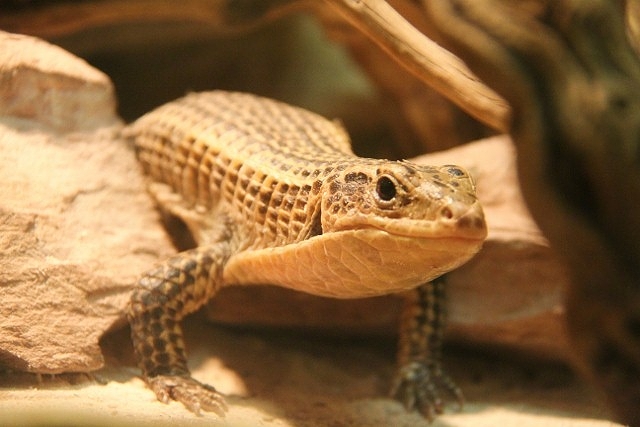
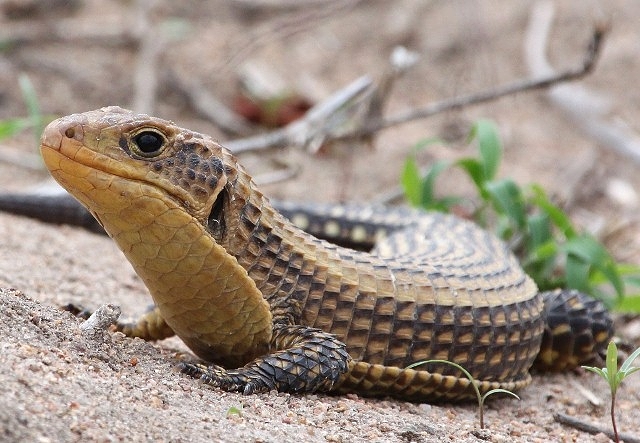
Kruger National Park
Size
25-35 cm
Description
A large, stout lizard, with a short head and large eyes and unusually thick tails (a tail-whip would be painful), that is usually twice the length of it’s body. There are deep lateral folds that run the length of the body which are low on it’s sides and contain skin not covered with plated scales. These grooves function as expansion joints for a female carrying eggs or for distension after a meal .
The back is straw-coloured to light brown. The chin and throat are light straw to cream, and the belly is smoky-grey to light brown. In the breeding season the males develop a pinkish throat.
Can be confused with similar Giant Plated Lizard (
Gerrhosaurus validus), which is larger and more flattened and has a distinctive light stripe along each side.
Geographic distribution
Its range is actually more extensive the lizard’s name suggests. Native to eastern Kenya, Tanzania, Mozambique, Malawi, northern Zambia, Ethiopia, Eritrea, Togo, northern DRC, South Africa, Swaziland, Botswana, Zimbabwe, southern Sudan, Central African Republic, Somalia, Cameroon, Nigeria, Benin, Ghana.
 Habitat
Habitat
A ground-dwelling lizard and lives in the semi-arid steppe areas, or flat parts of Africa.
Behaviour
It is diurnal and is considered a shy animal, though males will sometimes attack one another for territory claims. It will not usually bite when threatened and would rather use it’s plated tail in defense. As an escape tactic, the plated lizard will run a distance than suddenly halt, with it’s tail raised, to confuse the pursuer. It will also wedge itself into a crevice to escape a predator . This reptile lives in underground tunnels which it will sometimes share with a snake or mongoose.
Diet
It eats soft fruits and flowers, in addition to insects and millipedes, on occasion small vertebrates like other lizards and rodents.
Reproduction
Mating occurs in August. The female usually lays two but is able to lay up to six large oval eggs in damp soil in October-November. After being layed, the eggs take three to four months to hatch. Hatchlings are 10-15 cm in length and can already be handled like adults.
Links:
Mark O'Shea,Tim Halliday: Reptiles and Amphibians

© Super Mongoose
Kruger National Park, Tsendze
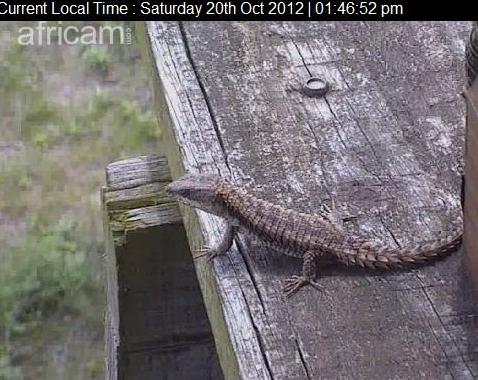
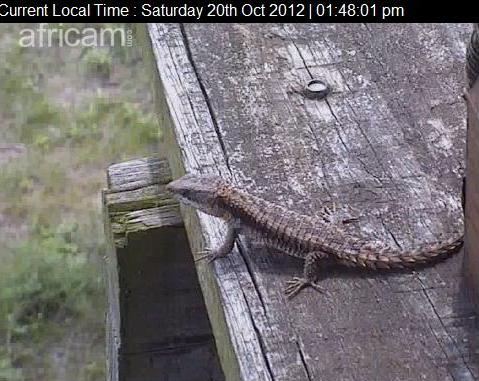




 © Flutterby
© Flutterby 
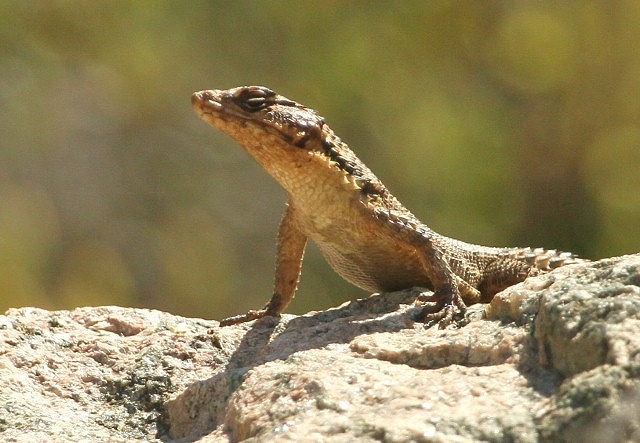
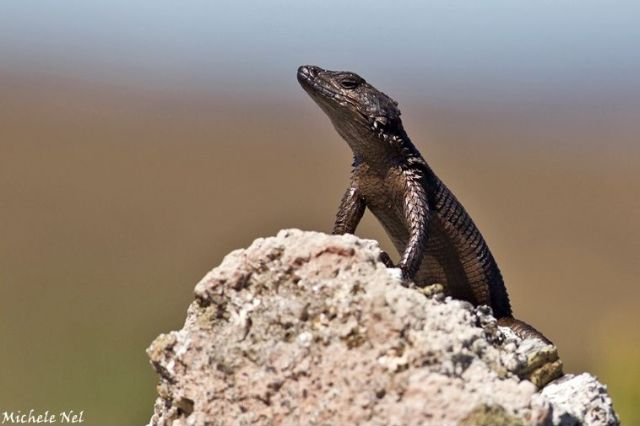 © Michele Nel
© Michele Nel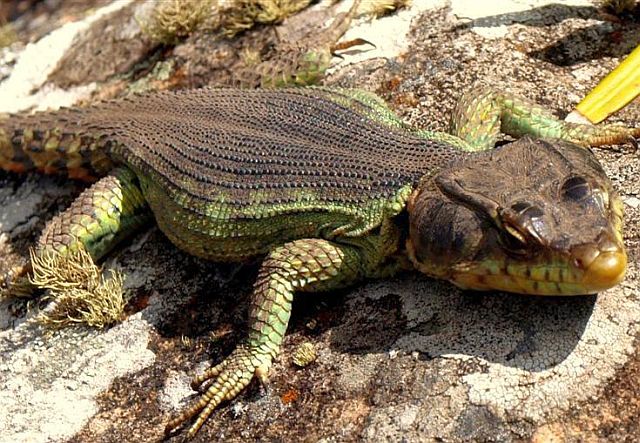
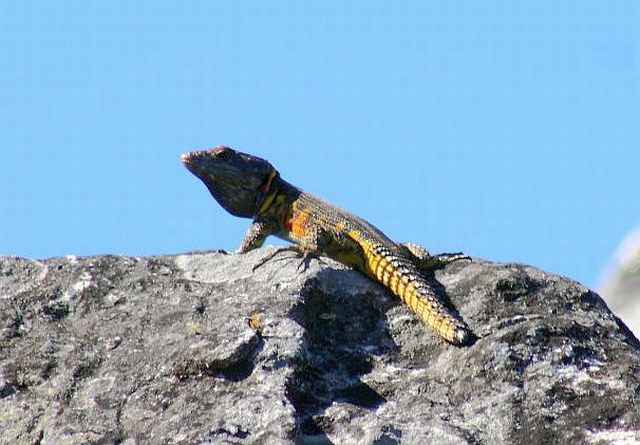 © Flutterby
© Flutterby © Flutterby
© Flutterby
 © Flutterby
© Flutterby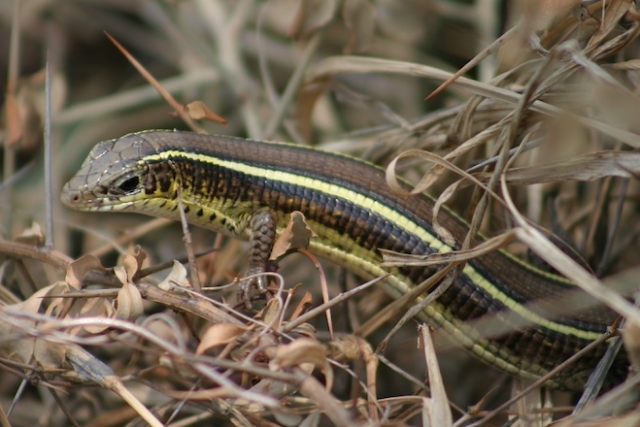 © ExFmem
© ExFmem

 © Super Mongoose
© Super Mongoose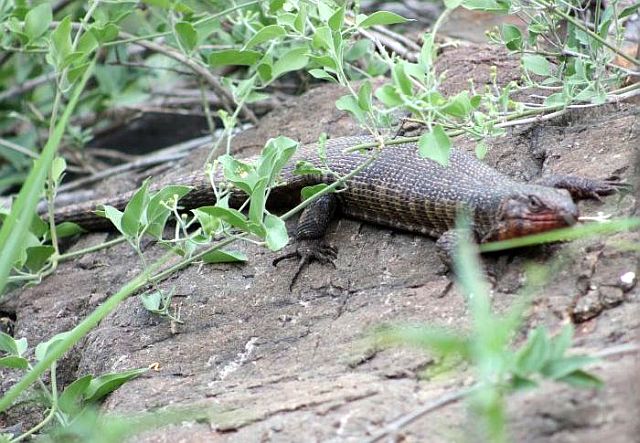
 © BluTuna
© BluTuna © Heksie
© Heksie © Amoli
© Amoli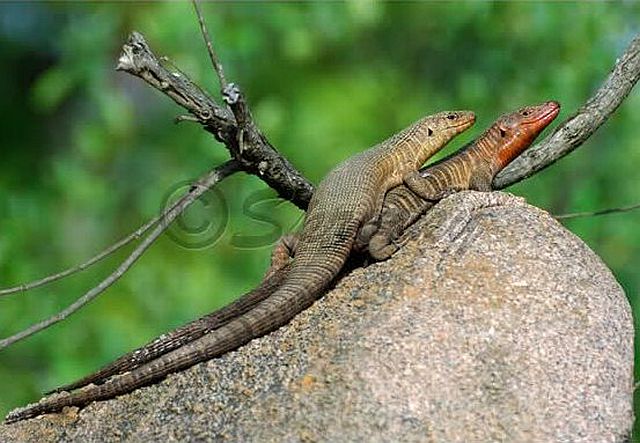 © Sprocky
© Sprocky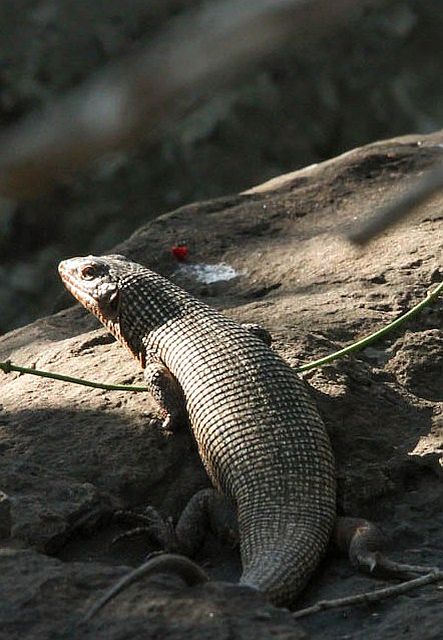 © Super Mongoose
© Super Mongoose